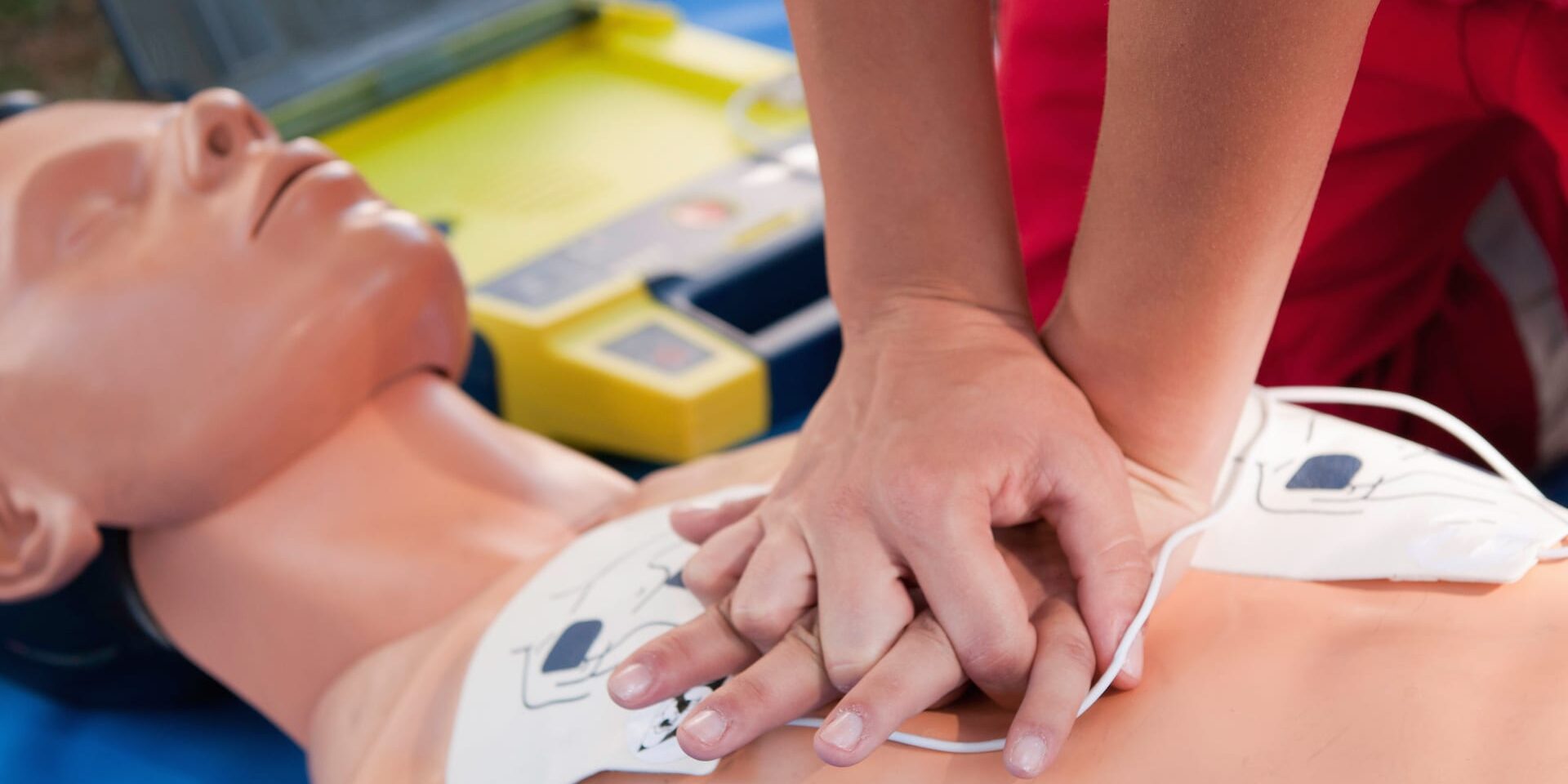This can be overwhelming not knowing what’s going on when registering for a first aid training course. You know you’re going to acquire life-saving strategies although it might be worried about learning when and how to properly use them. But don’t worry! That’s what instruction on first aid is about! In a course, you’ll be trained about vital skills to support you with injury accidents, breathing emergencies, and so many more!
Surely if you ever don’t get something … always inquire! At True North Safety, the best Construction Safety training company in British Columbia, we know there is no such thing as a dumb question. Well, all questions are useful and relevant to help you better understand what to do in a real-life situation (those who are too afraid to ask!). This is why we would like to make sure that you have faith in your knowledge of first aid by answering all of your queries. Here are the most frequently asked questions that we got at True North Safety, and the answers!
How do I know in the course of First Aid training?
Many people think they’re going to know CPR and understand how to do an AED, but it is much more! A first aid course will teach you the skills you have to react to emergencies of all kinds accurately and thoroughly. You will know in our First Aid courses:
How to Face Emergencies
AED and CPR care
wound care
Emergencies Chilling and Breathing
And even more!
These skills can be applied everywhere and at any moment, so understanding what to do might just be the thing that will save the life of a friend, family member, or utter stranger!
Will I legally be allowed to offer First Aid once I have earned my certification?
For this question, the simple answer is, no. Just qualified medical workers can provide first aid once licensed. It’s important to bear in mind that if you still can (as long as it doesn’t place you in the way of harm) you’re encouraged to assist. But If you’re still feeling nervous or afraid of the possible threat, you don’t need to jump in. If the aspect that holds you back actually hurts the individual (e.g. fracturing ribs during CPR), otherwise be comforted to learn that in Canada there is the ‘Good Samaritan Act’ that protects you from liability. That act specifies that any injury or harm caused to the victim in the method will never be held against you when you’re using the appropriate First Aid skills to assist others.
Should I move anyone if they are identified as having an injury to the head, neck, or spinal cord?
Emergencies come in different kinds, and wounds to the head, spine, or spinal cord are very severe and can even pose life threats. It is ‘life over limb’ to address this question. Which implies we’d rather smash their backs than let them die. You have to figure out whether the person is breathing when you find him unconscious. If it is so there is no need for movement. Call 911 instead, remain close to the victim, and wait for the arrival of qualified medical staff.
The few times an individual can be moved if he or she has a head, neck, or spinal injury whether he or she is NOT breathing. Instead, it gets more complicated, and also the life of the individual is at danger-something that takes precedence and is overwound. Yes, the individual should also be moved to conduct CPR in these circumstances. When you or the patient are in an unsafe condition or setting, another circumstance that might allow the person to move in this situation is to extract yourself from the area and get to safety before more medical and safety assistance can arrive.
I am not certain even if I should call 911. Will I?
When a crisis occurs it is often difficult to decide if it is an accident or not. You might not get all the details or perhaps think somebody else has been calling. Some of the best things to consider is an evaluation of the situation and its severity. Consider the circumstances which the Red Cross has provided. About the idea that is named by someone else. This is what we term the bystander effect. The truth is, most people believe that 911 was called and no one ends up doing it. I guess what? The 911 operators don’t know for multiple calls! When you’re not sure, ask the people around you or just call them!
While in doubt, note-making a call to 911 is never the wrong thing to do. Your fast thinking may be the saving of a life!
How far is my certification on First Aid Training valid?
Participants are granted a WorkSafeBC OFA Level 1 certificate valid for three years after successful completion of the course offered by True North safety. You should register for another course at this time to renew your license, upgrade your awareness, and reload certain life-saving strategies into your memory!
First aid training provided by True North Safety is a perfect opportunity to learn skills that assist in daily emergencies, and save lives! Contact us if you have any other questions and we will be happy to answer all of your queries!
Ready to sign up for a course in First Aid? Superb! Go to our website and register for your training on first aid!







